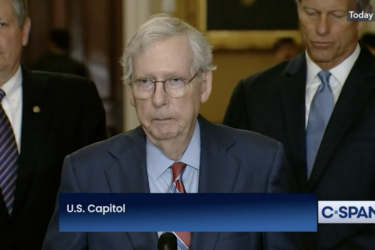In The Miami Herald, Ana Veciana-Suarez looks into why doctor house calls are on the rise, especially among the Medicare set. Through her reporting, it becomes apparent that it’s primarily a function of economics, all driven by the fact that, while a house call may appear expensive when compared to a typical primary care visit, in many cases the real alternative to a house call and some preventative medicine is an emergency room visit and/or an overnight hospitalization, both of which are in another cost bracket entirely.
Veciana-Suarez writes that while the latest home care boom may have started with the growth of concierge medicine, especially in South Florida, it’s now being driven by the big guns — Medicare and major insurers.
House calls, once thought to be too time-consuming and not very cost-effective, are making a comeback as healthcare providers recognize that they’re actually the answer to good care for patients who can’t make it to a doctor’s office. Medicare-paid house calls have been steadily increasing, according to government figures, and doctors report the same for non-Medicare patients, according to the American Academy for Home Care Physicians. What’s more, technology has made accessibility to patients’ records and other medical information available at any time and any place, a boon to physicians on the go.
Now a three-year federal government pilot program called Independence at Home is encouraging doctors to pick up those black medical bags of yore and pay a visit to their sickest patients. As part of the new healthcare reform law, the demonstration project will cover 10,000 Medicare patients described as medically fragile. It is set to begin in January in locations yet to be decided.
The main targets for both the government and private insurance programs are the so-called “frequent fliers,” and others with chronic conditions that need to be managed to prevent repeat visits to the emergency room. To that end, some programs also include social workers and home health educators. Most programs are still in the experimental phase, but Veciana-Suarez paints a clear picture of a sector that’s poised to assume a growing role in the coming decade.









